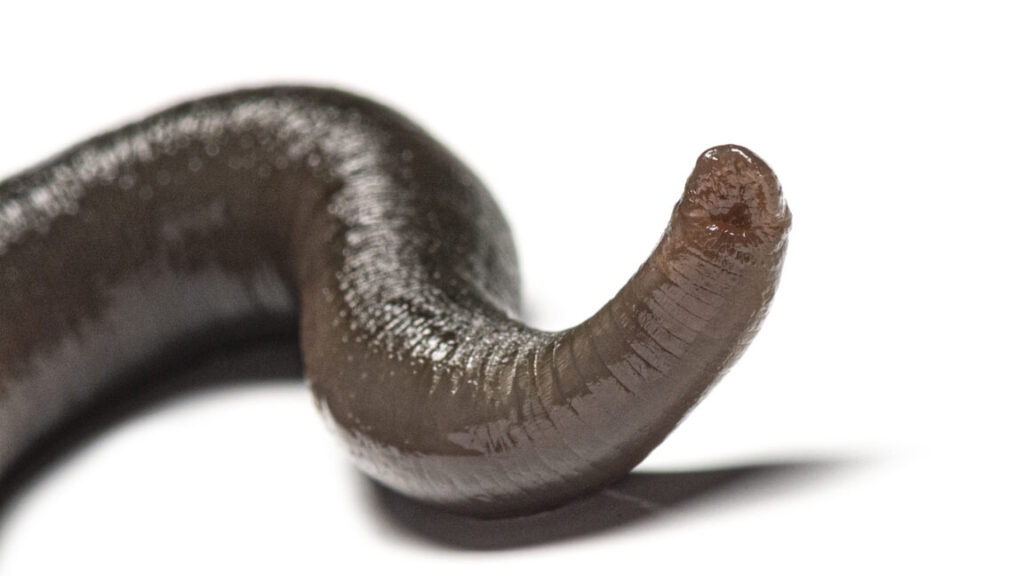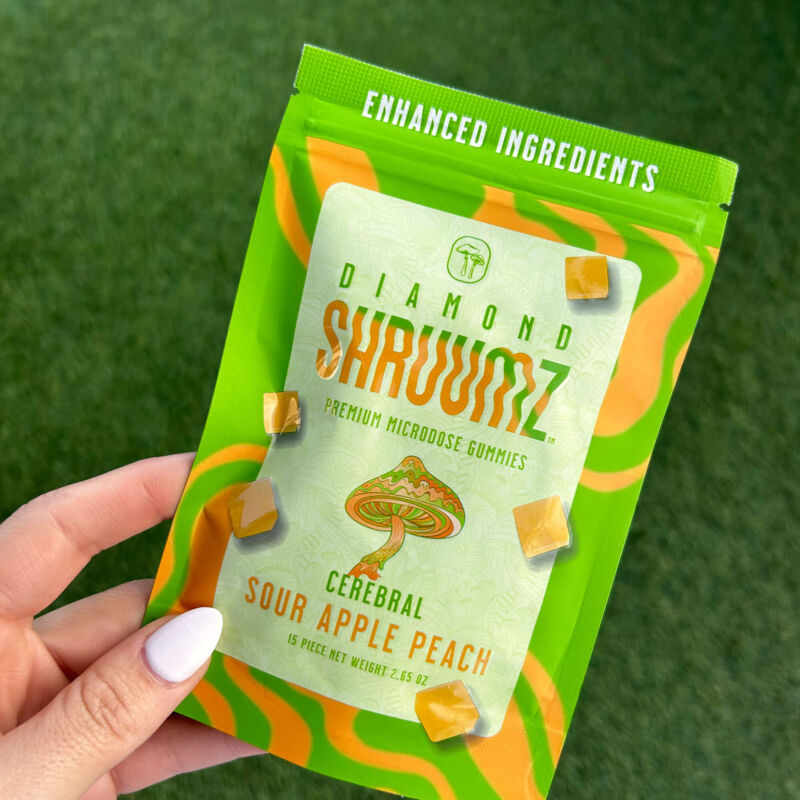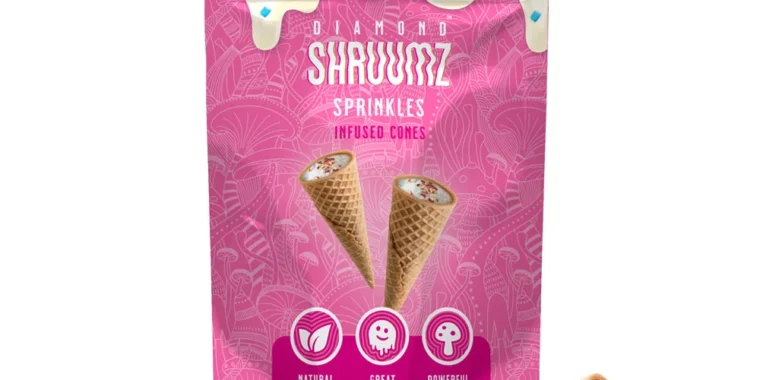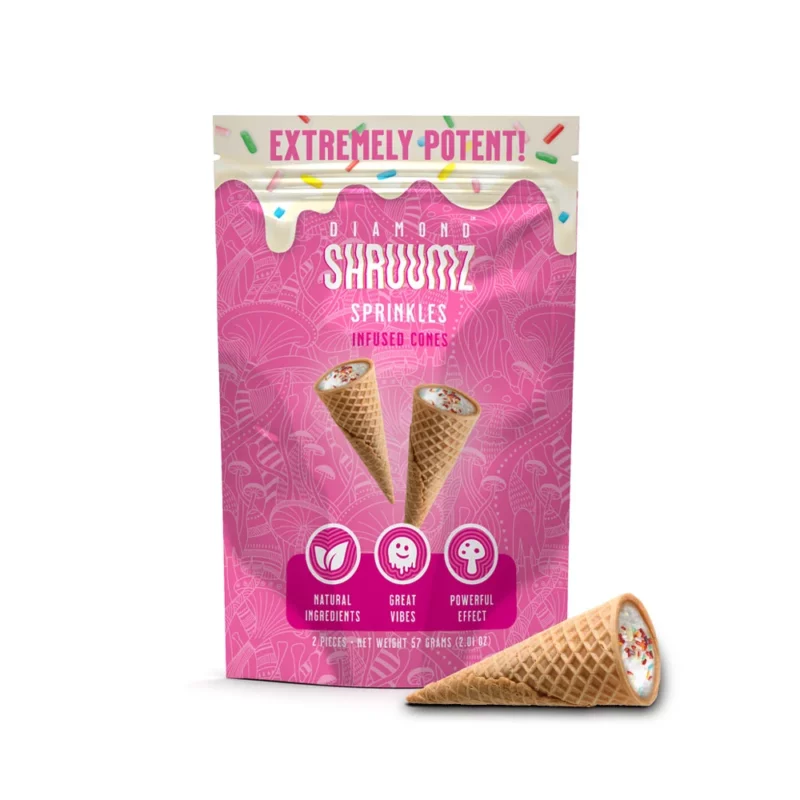Man accidentally gets leech up his nose. It took 20 days to figure it out.
Leeches have a long medical history. Here’s what happens if one gets in your nose.
Since the dawn of civilization, leeches have been firmly attached to medicine. Therapeutic bloodsuckers are seen in murals decorating the tombs of 18th dynasty Egyptian pharaohs. They got their earliest written recommendation in the 2nd century BC by Greek poet and physician Nicander of Colophon. He introduced the “blood-loving leech, long flaccid and yearning for gore,” as a useful tool for sucking out poison after a bite from a poisonous animal. “Let leeches feed on [the] wounds and drink their fill,” he wrote. Ancient Chinese writing touted their medicinal potential, too, as did references in Sanskrit.
Galen, the physician for Roman Emperor Marcus Aurelius, supported using leeches to balance the four humors (i.e. blood, phlegm, and yellow and black bile) and therefore treat ailments—as initially outlined by Hippocrates. Leeches, doctors found, provided a method for less painful, localized, and limited bloodletting. We now understand that leeches can release an anesthetic to prevent pain and a powerful anticoagulant, hirudin, to prevent clotting and keep blood flowing.
In the centuries since the Roman era, leeches’ popularity only grew. They were used to treat everything from gout to liver disease, epilepsy, and melancholy. The very word “leech” is derived from the Anglo-Saxon word “laece,” which translates to “physician.”
It wasn’t until the early 1900s, amid advances in medical knowledge, that leeches fell out of favor—as did bloodletting generally. That was for the best since the practice was rooted in pseudoscience, largely ineffective, and often dangerous when large quantities of blood were lost. Still, the bloodsuckers have kept a place in modern medicine, aiding in wound care, the draining of excess blood after reconstructive surgery, and circulation restoration. Leech saliva also contains anti-inflammatory compounds that can reduce swelling.
What leeches do in the shadows
But there’s also a darker side to leeches in medicine. Even Nicander realized that leeches could act as a kind of poison themselves if accidentally ingested, such as in contaminated water. He described the slimy parasites clinging to the mouth, throat, and opening of the stomach, where they might cause pain. For this poisoning, he recommended having the patient ingest vinegar, snow or ice, salt flakes, warmed salt water, or a potion made from brackish soil.
Nicander was right. While external leeches are potentially helpful—or at least not particularly harmful with controlled blood feasting—internal leeches are more problematic. They are happy to slither into orifices of all kinds, where they’re hard to detect and diagnose and difficult to extract, potentially leading to excessive blood loss. Luckily, with advances in sanitation, accidental leech intake doesn’t happen that often, but there are still the occasional cases—and they often involve the nose.
Such is the case of a 38-year-old man in China who showed up at an ear, nose, and throat clinic telling doctors his right nostril had been dripping blood for 10 days at a rate of a few drops per hour. He was not in pain but noted that when he coughed or spat, he had blood-tinged mucus. His case was published in the week’s edition of the New England Journal of Medicine.
Doctors took a look inside his nose and saw signs of blood. When they broke out the nasal endoscope, they saw the source of the problem: There was a leech in there. And it was frantically trying to wriggle away from the light as they got a glimpse of it.
As it turns out, the man had been mountain climbing a full 20 days prior. While out in nature, he washed his face with spring water, which likely splashed the sucker up his schnoz.
Lengthy feast
While 20 days seems like a long time to have a leech up your nose without noticing it, a smattering of other nasal leech cases report people going several weeks or even months before figuring it out. One 2021 case in a 73-year-old man in China was only discovered after three months—and he had picked out a chunk of the leech himself by that point. A 2011 case in a 7-year-old girl in Nepal took four weeks to discover, and the girl needed a blood transfusion at that point.
In 2014, BBC Radio Scotland interviewed a 24-year-old woman from Edinburgh who had picked up a nasal leech on a trip to Southeast Asia. She had nosebleeds for weeks before realizing the problem—even after the leech began peeking out of her nose during hot showers.
“Obviously my nasal passages would open up because of the steam and the heat and the water, and it would come out quite far, about as far as my lip,” she said. Still, she thought it was a blood clot after a motorbike accident she had been in recently, not a blood-sucking worm.
“Your initial reaction isn’t to start thinking, oh God, there’s obviously a leech in my face,” she said.
Of course, if the leech gets into a place where it causes more obvious problems, the discovery is quicker. Just last month, doctors reported a case in a 20-year-old woman in Ethiopia who had a leech stuck in her throat, which caused her to start vomiting and spitting blood. It took just a few days of that before doctors figured it out. But nasal leeches don’t tend to produce such dramatic symptoms, so they’re harder to detect. And a lot of other things can cause mild, occasional nosebleeds.
Exorcising the sinuses
Once a nostril Nosferatu is finally identified, there’s the tricky task of removing it. There’s not exactly a textbook method for extraction, and the options can be highly dependent on the location in which the leech has lodged itself. Various methods used over the years—many echoing Nicander’s original recommendations—include salt, saline, vinegar, and heat, as well as turpentine and alcohol. Saltwater in particular has been reported to be effective at getting the leech to relax and release, though such attempts to coax the leech out can be time-consuming. A variety of local and topical anesthetics have also been used to try to paralyze the leech, including the startling choice of cocaine, which acts as a local anesthetic, among other things.
The removal must be done with care. If the leech is pulled, it could regurgitate its blood meal, risking infection and more bleeding. There’s also the risk that pulling too hard could result in the worm’s jaws and teeth getting left behind, which could lead to continued bleeding.
In the mountain climber’s case, doctors were able to use the topical anesthetic tetracaine to subdue the shy leech, and they then gently extracted it with a suction catheter. It came out in one piece. The man had no problems from the removal, and a week later, his symptoms had entirely resolved.
Fortunately, reports of nasal leeches are rare and tend to have happy endings. But the cases will likely continue to splatter through the medical literature, keeping Nicander’s lore of leeches as both antidote and poison undying.
Beth is Ars Technica’s Senior Health Reporter. Beth has a Ph.D. in microbiology from the University of North Carolina at Chapel Hill and attended the Science Communication program at the University of California, Santa Cruz. She specializes in covering infectious diseases, public health, and microbes.
Man accidentally gets leech up his nose. It took 20 days to figure it out. Read More »





